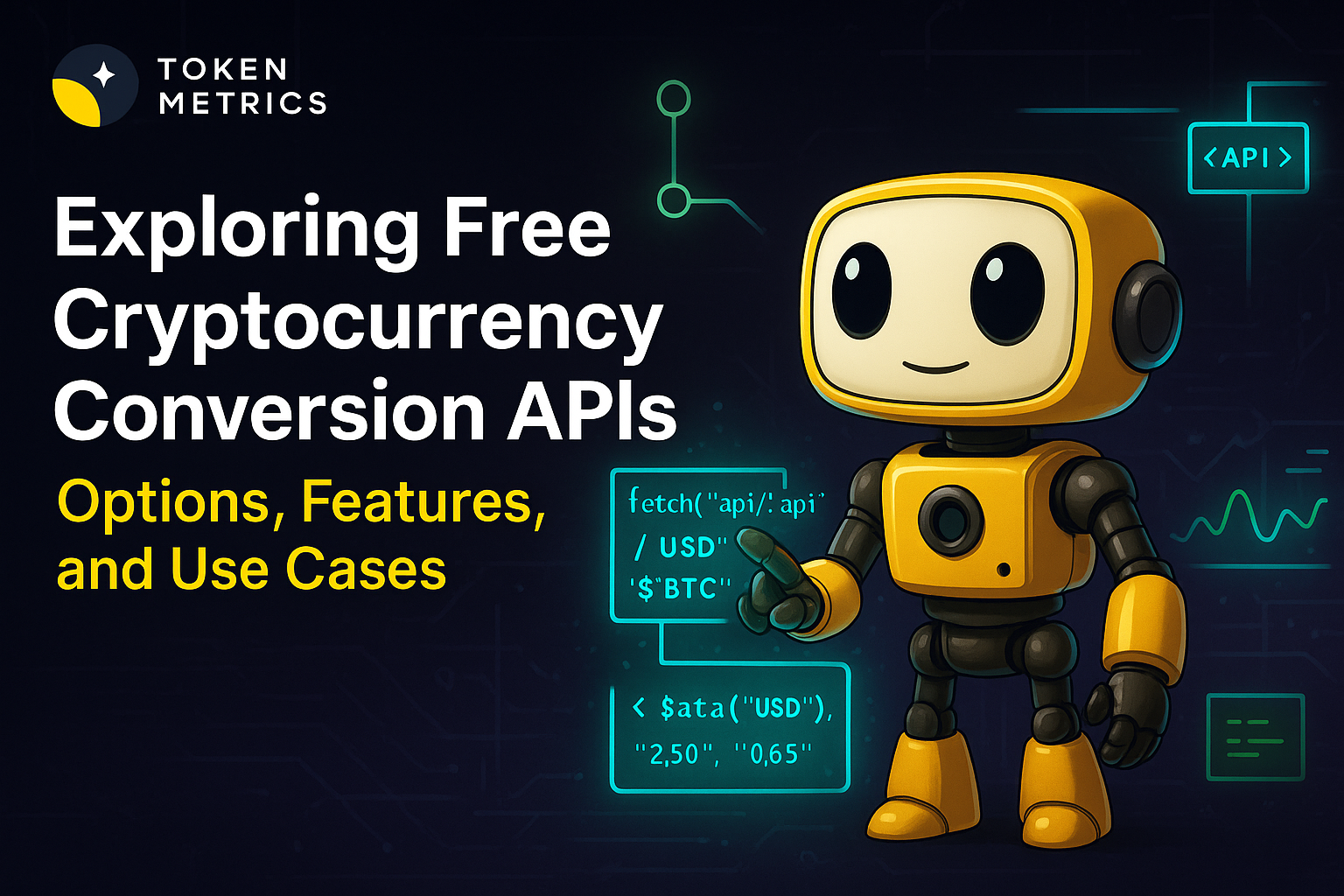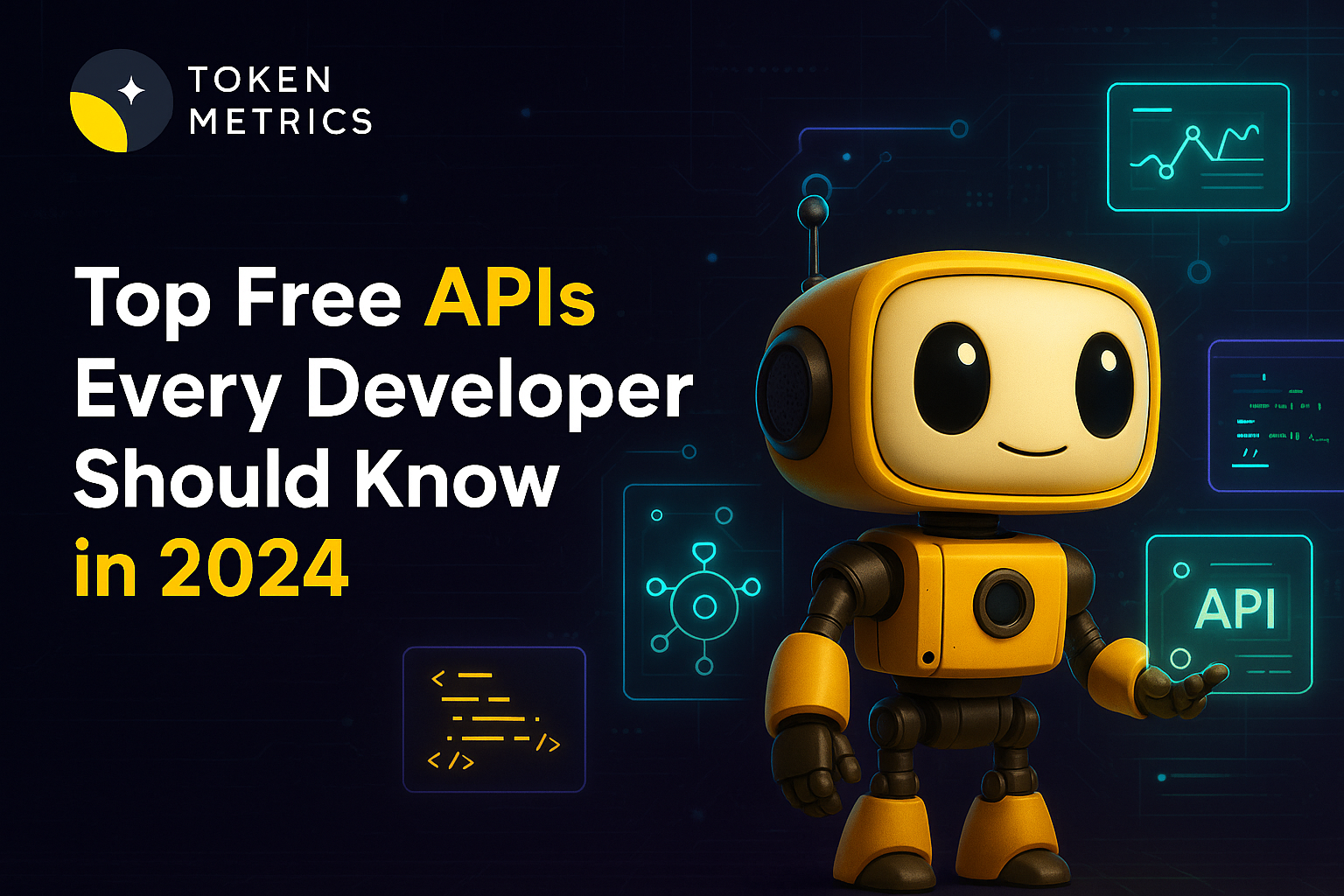Top Crypto Indices in 2025: The Best Ways to Invest in Crypto Without Picking Tokens

Crypto investors in 2025 face an overwhelming number of choices. With thousands of tokens, rapidly shifting narratives, and constant market volatility, building and managing a profitable portfolio isn’t easy. But one solution is gaining traction among both beginner and seasoned investors alike: crypto indices.
A crypto index is a curated basket of tokens that provides diversified exposure to a specific segment of the crypto market. Instead of researching and buying individual tokens, you invest in a single index that tracks a group of assets—similar to how the S&P 500 or NASDAQ works in traditional finance.
In this article, we’ll cover the top crypto indices in 2025, explain what makes each one stand out, and explore how AI is revolutionizing index investing in the crypto space.
What Is a Crypto Index?
A crypto index is a portfolio of cryptocurrencies selected and weighted using a specific methodology. It can be passive—holding the top 10 tokens by market cap—or active, where an algorithm or AI rebalances the index based on market conditions.
Investing in a crypto index means you’re buying into an entire theme or strategy, not just a single token. This helps reduce risk, smooth out returns, and simplify the investing process.
Why Use Crypto Indices in 2025?
Here’s why crypto indices are more relevant than ever in 2025:
- Diversification: Spread your capital across multiple tokens, reducing the impact of any single asset's volatility.
- Automation: Many indices rebalance automatically, saving you time and effort.
- Trend Exposure: Sector-based indices let you ride major trends like AI, DeFi, or Real World Assets (RWA).
- Risk Management: AI-powered indices can reduce exposure or shift to stablecoins in bearish conditions.
Top Crypto Indices in 2025
1. Token Metrics AI Indices
- Type: Actively Managed
- Technology: AI-driven with over 80 data points per token
- Themes: Memecoins, RWA, AI Agents, DeFi, Layer 1s
- Frequency: Rebalanced weekly based on bullish/bearish market signals
Why It’s a Top Pick:
Token Metrics has pioneered a new generation of crypto indices that actively trade based on AI insights. Instead of static rebalancing, the AI identifies when to enter or exit tokens based on current momentum, volatility, sentiment, and technical indicators. These indices offer a smarter, automated approach to outperforming the market—especially in fast-moving sectors like AI tokens or memecoins.
2. Bitwise 10 Crypto Index Fund (BITW)
- Type: Passive
- Structure: Traditional investment vehicle (available via brokerage)
- Assets: Top 10 cryptocurrencies by market cap
Why It’s a Top Pick:
BITW is ideal for investors looking for simple, long-term exposure to the largest and most established cryptos. It tracks the performance of the top 10 digital assets, including Bitcoin (BTC), Ethereum (ETH), and Solana (SOL). It's fully regulated and targets institutions or traditional investors entering crypto.
3. Phuture DeFi Index (PDI)
- Type: On-chain, Passive
- Focus: Decentralized Finance (DeFi) tokens
- Access: Non-custodial, DeFi-native
Why It’s a Top Pick:
Phuture makes index investing seamless within DeFi ecosystems. Its DeFi Index provides exposure to high-utility tokens like AAVE, UNI, and CRV. Ideal for crypto-native users, it’s completely on-chain, composable, and doesn’t require intermediaries.
4. Index Coop – GMI (Bankless DeFi Innovation Index)
- Type: Community-Governed, Thematic
- Focus: Experimental and innovative DeFi projects
- Governance: Managed by Index Coop and Bankless DAO
Why It’s a Top Pick:
GMI stands for “Going Mainstream Index” and aims to capture cutting-edge projects at the bleeding edge of DeFi innovation. It’s great for those bullish on next-gen financial infrastructure and looking for exposure to governance tokens, staking protocols, and experimental finance.
5. Crypto20 (C20)
- Type: Tokenized Index Fund
- Composition: Top 20 cryptocurrencies
- Access: ERC-20 token (C20) represents index share
Why It’s a Top Pick:
Crypto20 was one of the first tokenized crypto index funds. It lets you invest in the top 20 cryptocurrencies through a single token, with auto-rebalancing and transparent weighting. It’s an easy on-ramp for beginners who want broad crypto exposure.
6. Token Metrics Global Market Cap Indices (HODL Series)
- Type: Passively Managed
- Available Indices: Top 5, 10, 25, and 100 by market cap
- Strategy: Buy-and-hold portfolios for long-term investors
Why It’s a Top Pick:
These indices are designed for investors who believe in the long-term growth of the crypto market but don’t want to chase narratives. The HODL series is great for passive wealth accumulation with minimal trading activity.
Thematic Crypto Indices to Watch
If you’re looking to ride specific crypto narratives in 2025, these thematic indices are worth considering:
🔹 AI Tokens Index
- Tracks top AI-focused crypto projects like FET, AGIX, and GRT.
- Surging interest due to the AI boom in both tech and crypto sectors.
🔹 Memecoin Index
- Includes high-volatility meme tokens like DOGE, PEPE, BONK, and WIF.
- Great for traders who want to play high-risk, high-reward cycles.
🔹 RWA Index (Real World Assets)
- Exposure to tokens that represent off-chain value: MKR, ONDO, XDC, etc.
- Benefiting from institutional crypto adoption and tokenized finance growth.
🔹 Layer 1 Index
- Tracks the performance of top blockchain platforms: ETH, SOL, AVAX, NEAR, etc.
- Best for investors bullish on infrastructure plays.
How to Start Investing in Crypto Indices
- Choose a Platform – Token Metrics, Bitwise, Index Coop, or Phuture.
- Select an Index – Based on your interest: AI, DeFi, Memecoins, or Market Cap.
- Connect Wallet or Sign Up – Depending on whether it's on-chain or centralized.
- Fund Your Account – Typically via USDC, ETH, or fiat.
- Monitor Performance – AI indices may require weekly check-ins; HODL indices can be set and forgotten.
Final Thoughts: Crypto Indices Are the Smartest Way to Invest in 2025
Whether you’re a new investor or an experienced trader, crypto indices in 2025 offer one of the most efficient, diversified, and intelligent ways to grow your crypto portfolio. Platforms like Token Metrics lead the way with cutting-edge AI-powered indices, while more traditional players like Bitwise provide reliable exposure for institutional strategies.
By investing in an index, you’re not just buying a few coins—you’re gaining access to a curated, balanced, and often smarter portfolio that evolves with the market. And as AI and automation take over more of the investing process, index strategies are becoming even more powerful.
If you’re ready to stop guessing and start investing strategically, now is the time to explore the best crypto indices available.
Create Your Free Token Metrics Account

.png)




%201.svg)
%201.svg)


%201.svg)










.svg)




.png)